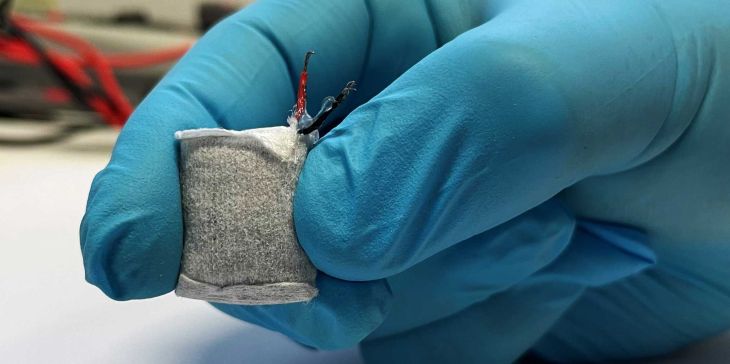In type 1 diabetes, the body does not produce insulin. This means that patients have to obtain the hormone externally to regulate their blood sugar levels. Nowadays, this is mostly done via insulin pumps that are attached directly to the body. These devices, as well as other medical applications such as pacemakers, require a reliable energy supply, which at present is met primarily by power from either single-use or rechargeable batteries.
Now, a team of researchers led by Martin Fussenegger from the Department of Biosystems Science and Engineering at ETH Zurich in Basel have put a seemingly futuristic idea into practice. They have developed an implantable fuel cell that uses excess blood sugar (glucose) from tissue to generate electrical energy. The researchers have combined the fuel cell with artificial beta cells developed by their group several years ago. These produce insulin at the touch of a button and effectively lower blood glucose levels much like their natural role models in the pancreas.
“Many people, especially in the Western industrialised nations, consume more carbohydrates than they need in everyday life,” Fussenegger explains. This, he adds, leads to obesity, diabetes and cardiovascular disease. “This gave us the idea of using this excess metabolic energy to produce electricity to power biomedical devices,” he says.
Fuel cell in tea bag format
At the heart of the fuel cell is an anode (electrode) made of copper-based nanoparticles, which Fussenegger’s team created specifically for this application. It consists of copper-based nanoparticles and splits glucose into gluconic acid and a proton to generate electricity, which sets an electric circuit in motion.
Wrapped in a nonwoven fabric and coated with alginate, an algae product approved for medical use, the fuel cell resembles a small tea bag that can be implanted under the skin. The alginate soaks up body fluid and allows glucose to pass from the tissue into the fuel cell within.














